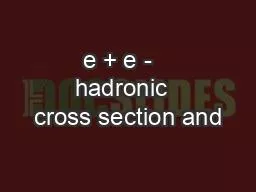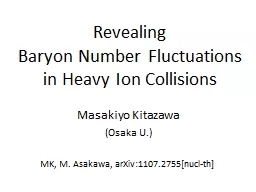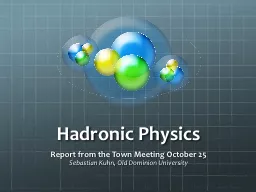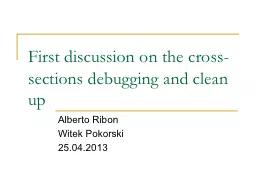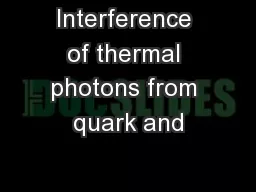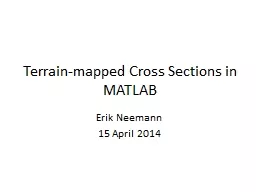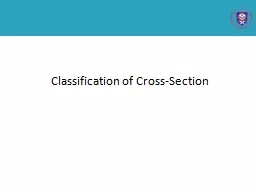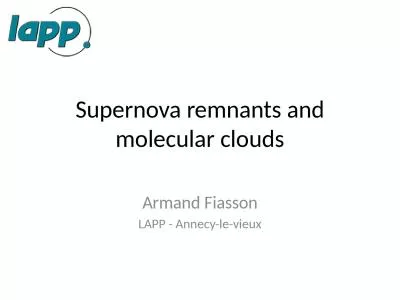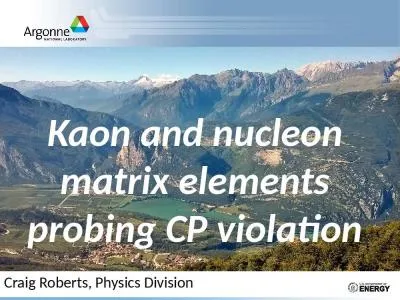PPT-e + e - hadronic cross section and
Author : jideborn | Published Date : 2020-08-06
muon g 2 Brendan Casey PIC 2014 September 17 2014 Sept 11 2014 muon g2 experimental hall Outline What is g and how do we predict its value How we measure it
Presentation Embed Code
Download Presentation
Download Presentation The PPT/PDF document "e + e - hadronic cross section and" is the property of its rightful owner. Permission is granted to download and print the materials on this website for personal, non-commercial use only, and to display it on your personal computer provided you do not modify the materials and that you retain all copyright notices contained in the materials. By downloading content from our website, you accept the terms of this agreement.
e + e - hadronic cross section and: Transcript
Download Rules Of Document
"e + e - hadronic cross section and"The content belongs to its owner. You may download and print it for personal use, without modification, and keep all copyright notices. By downloading, you agree to these terms.
Related Documents

